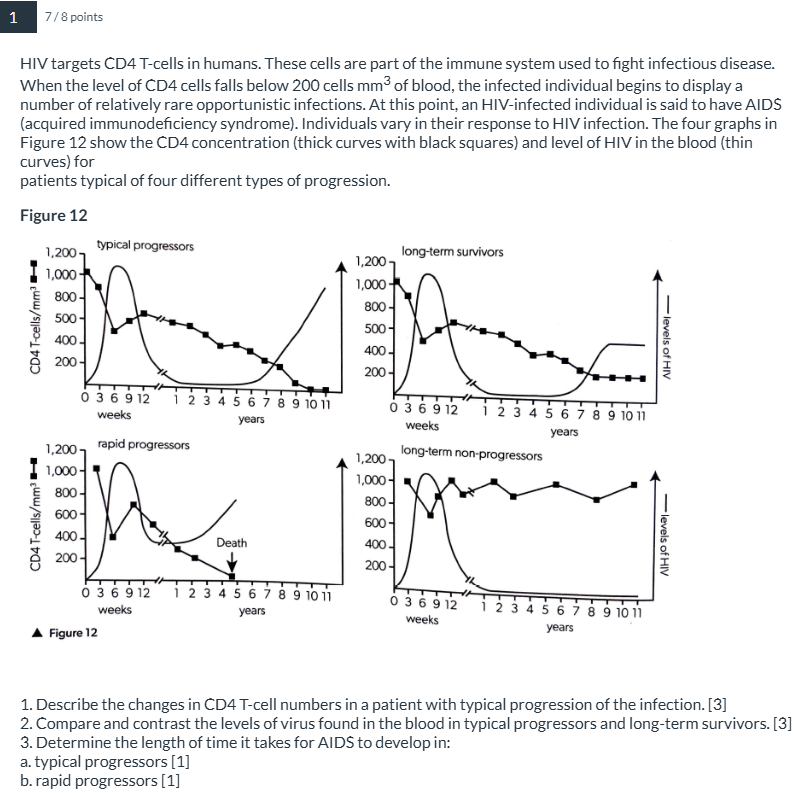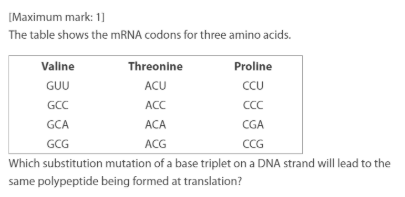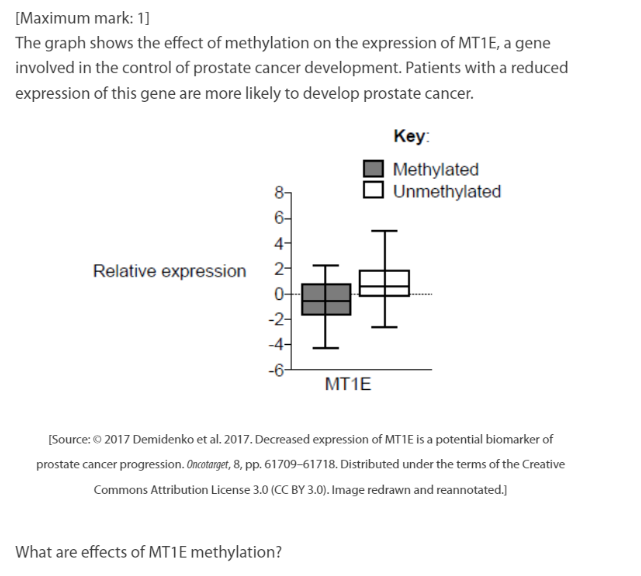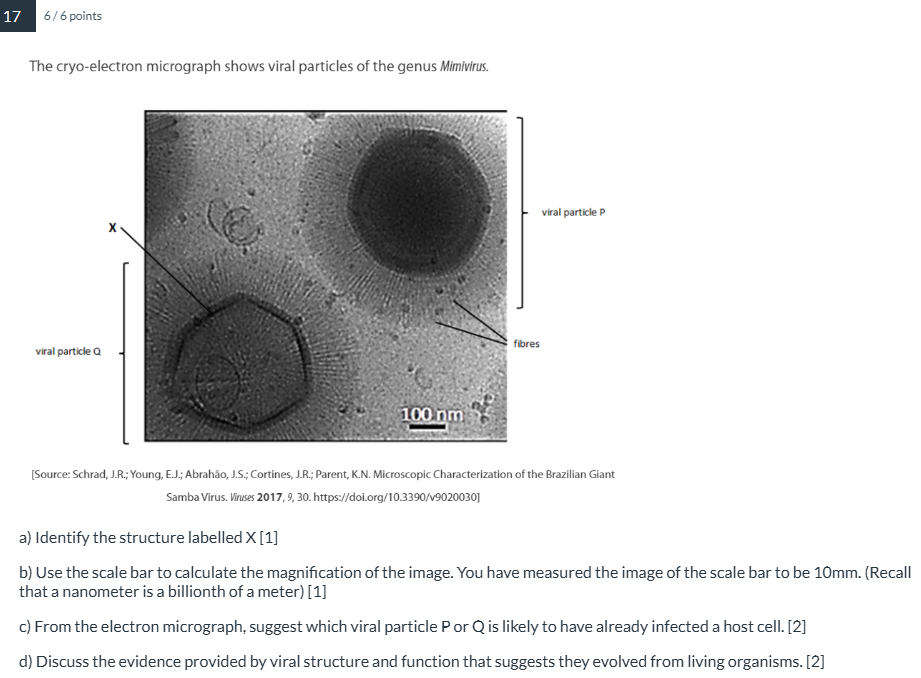IB Biology Year 1 - Epigenetics
1/16
There's no tags or description
Looks like no tags are added yet.
Name | Mastery | Learn | Test | Matching | Spaced |
|---|
No study sessions yet.
17 Terms

1. In a typical progressor, the CD4 T-cell numbers are inverse to the level of HIV. When the levels of HIV drastically increases from the period of 0-6 weeks, the number of CD4 T-cells plummet. Then, from the period of 6-12 weeks, when the level of HIV falls, the number of CD4 T-cells rise, but not fully back to the levels that they were in week 0. Slowly, the numbers of CD4 T-cells reduce to 200mm³ in around year 7-8, which causes levels of HIV to skyrocket and CD4 T-cells to decrease.
2. In both typical progressors and long-term survivors the level of HIV drastically increases to above 1000mm³ from the period of 0-6 weeks and then drastically decreases to below 200mm³ from the period of 6-12 weeks, and continues this trend for around a couple years. However, unlike the long-term survivors, the typical progressors concentration of CD4 T-cell number decreases, causing the level of HIV to drasticallly shoot up and surpass the concentration of CD4 T-cels. In the long-term survivor, it is seen that the levels of CD4-T cells flucuate, but stay mostly consistent, which also keeps the level of HIV drastically lower.
3a. It takes typical progresssors 9-11 years for HIV to progress into AIDS.
3b. It takes rapid progressors around 5 years for HIV to progress into AIDS.
Selection the mutation type(s) that would cause a change in the number of nucleotides in a gene sequence.
Deletion
Insertion
Frameshift

GCT to GGA

Membrane derived from the host cell

It reduces transcription of MT1E, increasing the risk of prostate cancer.
A strand of DNA containing four codons with base sequence ACT GTA CTC TAC mutates, changing the base sequence to ACT ATA CTC TAC. What type of mutation has occurred?
Substitution
Which term describes the whole of the genetic information of an organism?
Genome
Describe the use of gene knockout technology in research. (How is it performed and what is the goal of the technology?)
The goal of gene knockout research is to understand the role of a gene in normal development, physiology, and disease. This can be done with CRISPR-Cas9. To use this gene editing technology:
Let’s say a virus invades a cell and is integrated into the host DNA. Thus, it will be inserted in the CRISPER sequence as well.
A guide RNA (gRNA) or CRISPR RNA is formed. It is complementary to a specific region of DNA.
The gRNA is paired with the Cas9 enzyme which, like scissors, cut the DNA at the specific region.
The cells' natural DNA repair mechanisms fix the break. This repair process can lead to small insertions or deletions, effectively disabling the gene.
Researchers analyze the changes in an organisms phenotype to understand the role of the knocked-out gene.
Thus, the goal of the technology is to cut out unwanted genes, possibly those that harm the virus.
In humans, sex is determined genetically and human populations have approximately equal numbers of males and females in each generation.
(a) Outline how sex is typically determined in humans.
(b) Outline an example of how a genotypic male may develop as a phenotypic female
(a) Sex is typically determined by recieving two X's or an X and a Y from one's parents. However, even sexually can be on a spectrum, such as individuals who have XXY chromosomes or XYY. A person can not develop with solely a Y chromosome (or multiple Y chromosomes) as many essential alleles and genes are carried on the larger X chromosome and the Y chromosome is largely unstable. In the Y-chromosome, the sex-determining region Y can typically be located. As there typically isn't the sex-determining region Y (SRY) found on X chromosomes, females will develop a vagina. Thus, a male will XY chromosomes that carry the sex-determining region Y will develop a penis.
(b) A genotypic male may develop as a phenotypic female if the sex-determining region Y (SRY) is not located on the Y chromosome, possibly due to the deletion mutation of SRY, automatically leading the genotypic male to develop the female sex organ instead of the male sex organ.
What allows researchers to conclude that viruses might have evolved from cells?
I. Some viruses and eukaryotic cells have enzymes to synthesize DNA from RNA.
II. All viruses have an envelop made of phospholipids, same as cell membranes.
III. Some viruses have similar genetic material to parasitic bacteria.
I and III only

It allows expression of genes linked to early development.

What does this show?
A female without Down syndrome
Where can the entire genome of an organism be found?
“In the DNA present in the nucleus and mitochondria of an animal cell" is correct because animal cells have their genome distributed between nuclear DNA and mitochondrial DNA. Mitochondria contain their own DNA, which is essential for the complete genome of the organism.
What is the difference between the DNA of adult identical (monozygotic) twins?
Methylation pattern
The system of sex determination in chimpanzees (Pan troglodytes) is the same as in other mammals. A chimpanzee has 48 chromosomes in the nuclei of its body cells.
What can be deduced from this information?
The number of autosomes in a diploid cell
Quorum sensing done by bacteria at high population densities is an example of:
an environmental factor affecting gene expression

a) The phospholipid membrane of an enveloped mimivirus.
b) The maginfication is x1000000.
c) Particle Q is likely to have already infected a host cell, specifically an animal cell, as it has acquired a phospholipid membrane from the host cell.
d) Viral structures have two main theories supported by current evidence that suggest that they have evolved from living cells. First, the regressive theory suggest that viral structures do not have many of the organelles that cells have, indicating that they likely lost this overtime to adapt to, instead, "hijacking" the machinery of cells; moreover, they are also smaller in size, indicating that they have reduced in size to better access the cells machinery. The second theory is the progressive theory, which states that viral structures adapted, not lost, certain components that led them to have structure dependent on a host cell.